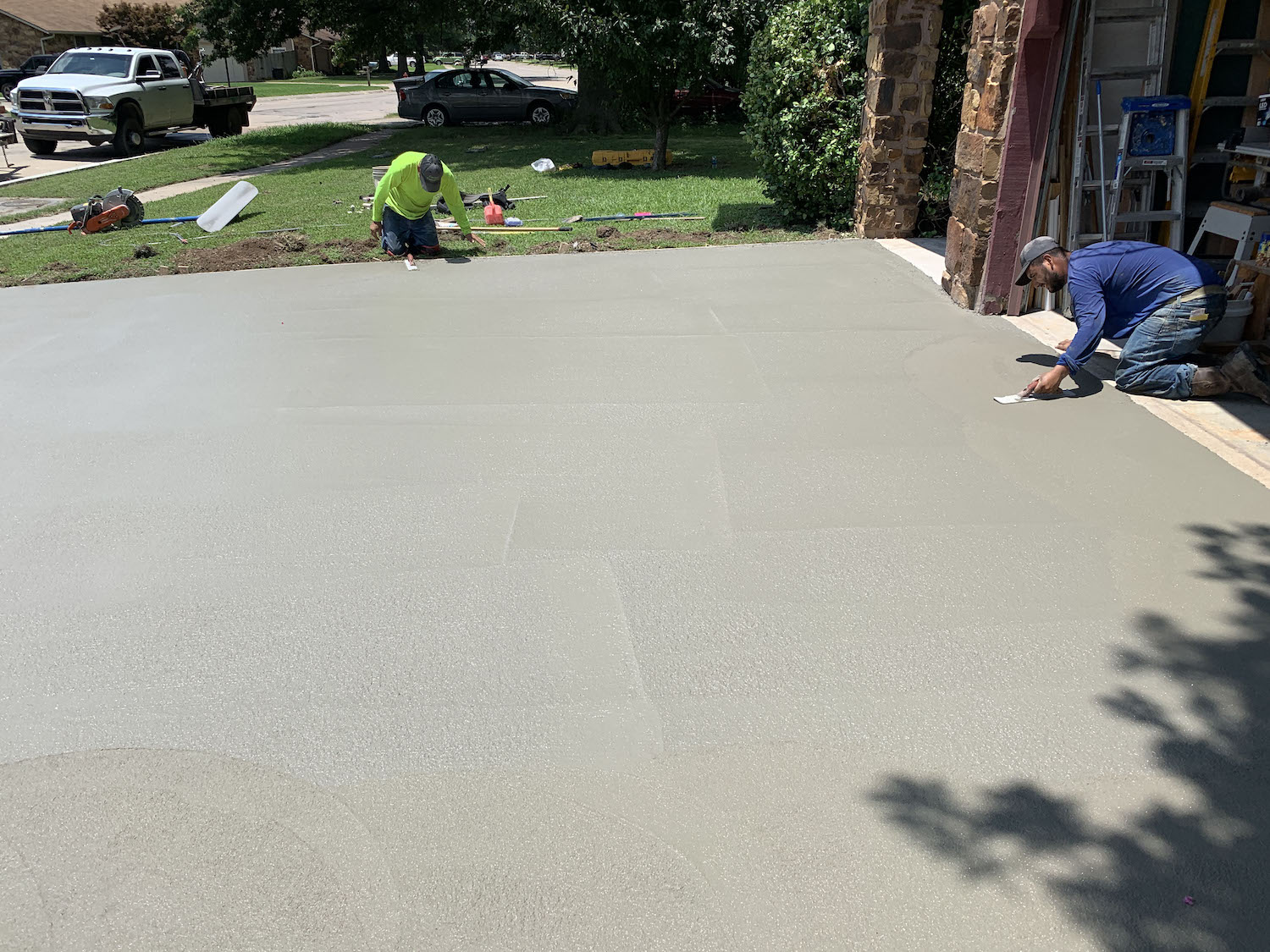Click Here for Exclusive Insights to Enhance Your Concrete Endeavors
Click Here for Exclusive Insights to Enhance Your Concrete Endeavors
Blog Article
The Green Selection: Concrete Sidewalks for Your Community
Choosing concrete for your area sidewalks can make a considerable difference in terms of sustainability and eco-friendliness. Allow's discover why concrete pathways might be the environment-friendly option your area requires.
Benefits of Concrete Sidewalks
When thinking about the installation of sidewalks in an area, the advantages of picking concrete over various other products are numerous and substantial. Concrete pathways offer durability, standing up to heavy foot web traffic, weather condition fluctuations, and ecological aspects much better than alternative materials like asphalt or crushed rock.

Durability and Long Life
How can concrete pathways outperform various other materials in regards to resilience and long life? Concrete walkways are renowned for their remarkable sturdiness and longevity compared to different materials like asphalt or pavers. The integral toughness of concrete makes it very immune to breaking, changing, and basic deterioration triggered by foot traffic, weather condition variations, and various other environmental factors. Unlike asphalt, which can soften in heats and crack in freezing conditions, concrete preserves its architectural stability, needing very little upkeep over time.
In addition, concrete's sturdiness reduces the requirement for frequent repair work or replacements, making it a lasting and cost-efficient option for area walkways. By investing in concrete sidewalks, areas can enjoy a reliable and lasting facilities that boosts the general aesthetic appeal and capability of the area.
Low Upkeep Needs
Concrete sidewalks stand out for their very little maintenance needs due to their long lasting nature and long-lasting performance. Unlike different materials that might require frequent fixings or replacements, concrete sidewalks provide an affordable service that requires little upkeep over time.
Routine maintenance for concrete pathways normally entails easy jobs such as regular cleaning to eliminate particles and periodic securing to protect the surface area. In comparison to products like asphalt or pavers that may shift, split, or deteriorate more quickly, concrete sidewalks maintain their architectural integrity with marginal intervention. Furthermore, any fixings that might be required are typically localized and can be resolved quickly, decreasing both the time and cost related to maintenance.

Environmental Benefits
With an emphasis on blog here sustainability and eco-friendliness, concrete sidewalks use noteworthy ecological advantages that add to a greener neighborhood framework. Furthermore, concrete walkways have a high solar reflectance index, suggesting they mirror a substantial quantity of sunshine instead of maintaining and taking in heat.
Additionally, concrete is a porous material that enables water to infiltrate right into the ground, minimizing stormwater drainage and aiding in groundwater recharge. This helps protect against disintegration, lessen flooding, and keep the natural equilibrium of water systems in the community. By picking concrete pathways, neighborhoods can make a sustainable option that favorably impacts the atmosphere and boosts the high quality of life for locals.
Enhancing Community Sustainability
By important source prioritizing lasting framework services, areas can cultivate a harmonious equilibrium between environmental awareness and neighborhood advancement. Enhancing area sustainability includes a diverse strategy that goes beyond just the ecological advantages of concrete sidewalks. Carrying out environment-friendly areas, advertising energy-efficient methods, and promoting a sense of community interaction are necessary components of developing a sustainable neighborhood.
One means to enhance area sustainability is through the combination of absorptive concrete walkways. These pathways permit rain to leak right into the ground, reducing stormwater runoff and minimizing the strain on municipal drain systems. Legendary Concrete Brentwood. By integrating absorptive walkways, communities can boost water high quality, minimize flooding dangers, and boost general ecological strength
Moreover, promoting different transportation methods such as strolling and cycling can considerably minimize carbon emissions and advertise a healthier way of life amongst residents. Producing risk-free pedestrian paths, bike lanes, and assigned greenways can encourage locals to depend much less on automobiles, even more adding to the neighborhood's sustainability goals.
Verdict
In final thought, concrete walkways provide many advantages for communities, consisting of durability, low upkeep needs, and environmental benefits. By selecting concrete sidewalks, areas can improve their sustainability and contribute to a much more environment-friendly environment. It is clear that concrete sidewalks are the perfect selection for you could try here communities wanting to improve their facilities in a ecologically pleasant and durable fashion.
When considering the installment of sidewalks in a neighborhood, the advantages of choosing concrete over various other materials are substantial and countless. Furthermore, concrete's sturdiness reduces the need for regular repairs or replacements, making it a lasting and cost-efficient option for area walkways (Click Here).With an emphasis on sustainability and eco-friendliness, concrete walkways use noteworthy ecological benefits that add to a greener community facilities. Enhancing area sustainability entails a multifaceted method that goes beyond just the environmental advantages of concrete pathways.In verdict, concrete pathways use countless advantages for areas, including toughness, reduced upkeep demands, and environmental advantages
Report this page